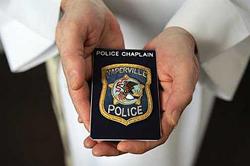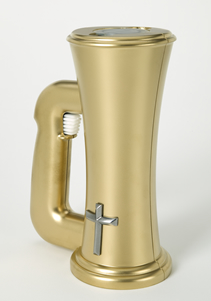It’s more complicated than most people realize.
You can get a good idea from this primer, which focuses on the process now underway in Scranton:
The process for selecting a bishop begins before a see is vacant. During periodic meetings, the bishops in each province vote on well-regarded priests to add to a list of potential bishops to be sent to the nuncio. Scranton is part of a statewide province whose metropolitan is Rigali, the head of the Archdiocese of Philadelphia.
Once a bishop resigns, is appointed elsewhere, or reaches the retirement age of 75, the nuncio, currently Archbishop Pietro Sambi, requests a report from the leader of the diocese about its condition, needs and challenges. The nuncio also does his own investigation into the needs of the diocese and suitable candidates to lead it. He consults past bishops of the diocese, other bishops in the province and around the country, and the metropolitan. He may also consult priests and lay members of the diocese.
Once he narrows the list to a handful of candidates, the nuncio sends confidential questionnaires to people who know the candidates, including priests, religious and well-respected laity. Those who receive the questionnaire are bound by the code of papal secrecy: they cannot tell anyone that they have received the letters or what they write in response.
The nuncio then gathers the information and writes a report including a list of three candidates, a terna, and notes his preference, which he sends to the Congregation for Bishops at the Vatican, the body of about 30 cardinals, including Rigali, that oversees the selection process.
An English-speaking cardinal assigned to review the Scranton position studies the file and makes a recommendation to the body of cardinals at one of its twice-monthly meetings. The congregation then votes for its preferred choice, which may not be the same as that selected by the nuncio or the presenting cardinal, or it may ask for more information or to be given a new terna.
Once the congregation agrees on its choice, that information is passed on to the pope during a Saturday meeting with the head, or prefect, of the congregation. The pope can follow the council’s recommendation or, in a rare case, make a different decision. He is ultimately responsible for selecting the bishop.
There’s more on what’s going on in Scranton at the link.

